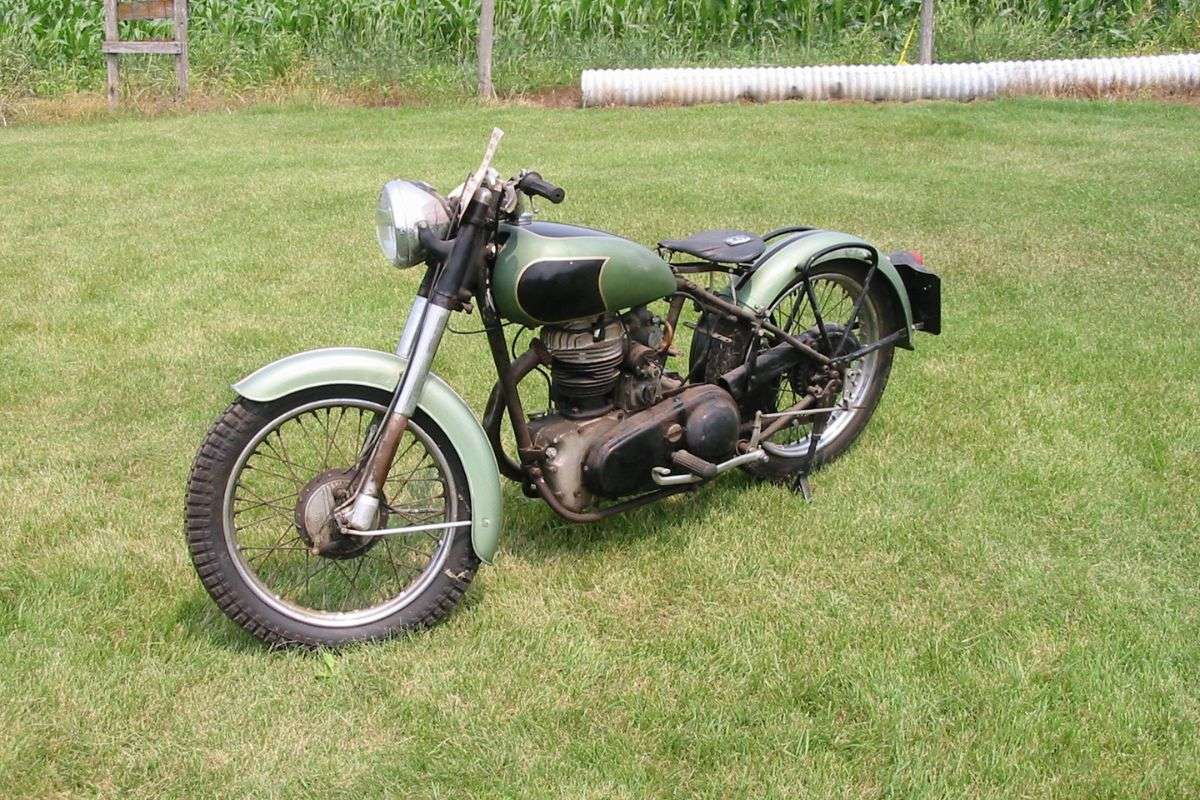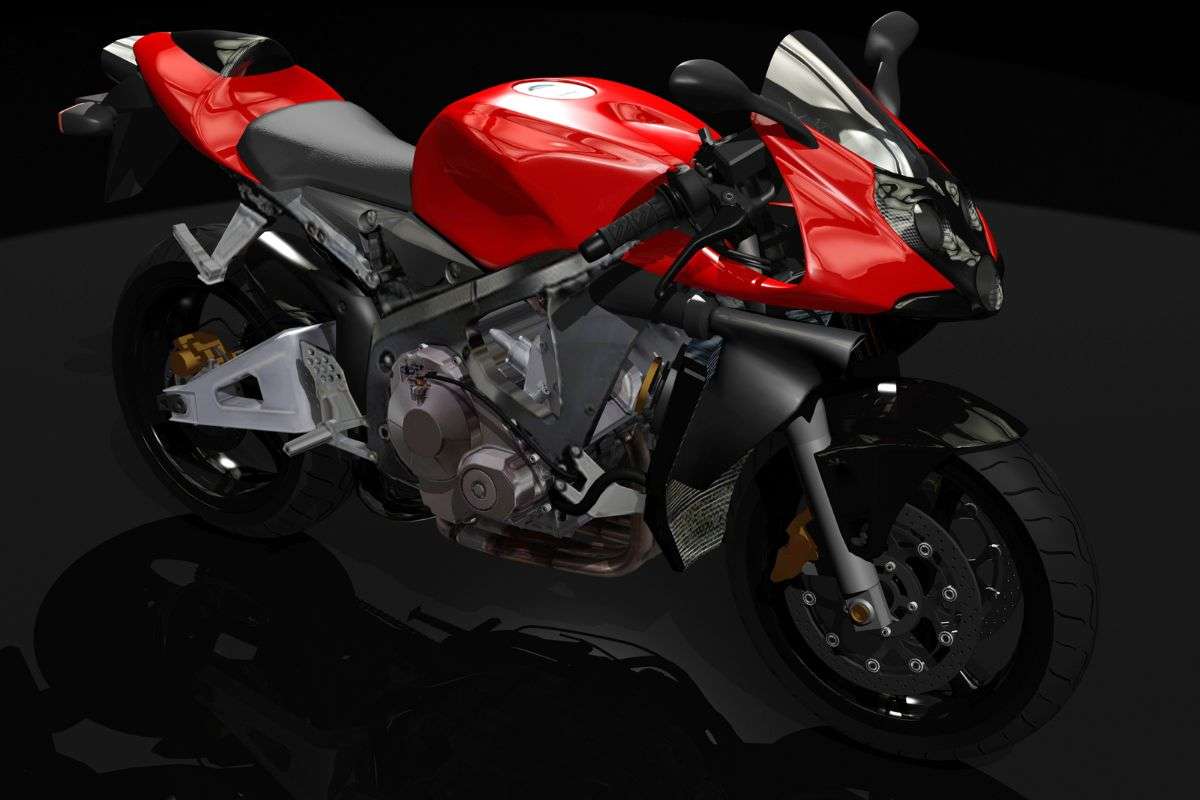Alternators are a common component in vehicles that allow cards to evenly distribute energy and charge batteries.
This is a fairly standard thing within cars, but when trying to understand the difference when it comes to motorcycles, you might have some questions.
Motorcycles must have some way of generating electricity in order to use functions such as blinkers, headlights, and ignition.
There are lots of different terms when it comes to understanding the electrical systems within a motorcycle, and if you find yourself a little overwhelmed or confused about them, then you’ve come to the right place!
In this article, we’re going to find out if motorcycles have alternators and take you through everything you’ll need to know about them.
We’ve also made sure to include a short FAQ that will take you through some other common questions about the internal components of motorcycles.
What Is An Alternator?
We want to keep this first section simple.
In short, an alternator is a component that will convert mechanical energy into electrical power.
Almost all vehicles use alternators and motorcycles are no different.
One of the main confusions that come with alternators and motorcycles is because a different term is often used to describe them.
Within motorcycles, you’re much more likely to see the component ‘stator’ listed.
Stators are slightly different from alternators and are much less complicated.
They are usually physically attached to a motorcycle engine.
How Do Stators Work?
Stators are made up of three simple parts. We’re going to break these down for you below:
The Rotor – this is sometimes called the flywheel and is the main moving part of a stator. It generates alternating current (otherwise known as AC) by rotating around the stator whilst the motorcycle is being used.
This current is created through a scientific process we know as magnetism. There are two different magnets within a stator, one in the stator and the other on the flywheel.
The Stator – is the main part of the component that has a magnet within it. An alternating current is generated when the rotor moves and the two magnets interact.
Field Coil – a field coil is a magnet used to generate the magnetic field (and therefore alternating current.) Coils are paired and connected to the north and south poles within the stator, usually with insulated copper wire.
Is A Stator In A Motorcycle The Same Thing As A Car Alternator?
They are similar components, but quite different in a few ways.
The first thing to know about an automotive AC alternator (what you would traditionally find in a car) is an external component that creates DC (direct current.)
This unit will create the required power that a car needs in order to function.
Because motorcycles are much smaller, they use stators that are within the engine.
Stators generate AC power, as outlined above, and it is then converted into direct current by a rectifier.
There is also another component called a regulator which is used to regulate the voltage so that it doesn’t overwhelm the battery.
You can think of the two components as different, but both trying to accomplish the same energy that is used to power your vehicle.
Final Thoughts
So to answer our initial question “Do motorcycles have alternators?” – motorcycles don’t have the same kind of alternator that a car will. Instead, they have stators which are self-contained components within an engine that generate current in a slightly different way.
Knowing the difference between the two can do wonders when it comes to repairs or just a better understanding of how your motorcycle works.
We’ve only brushed the tip of the iceberg, and there is a lot more to learn about how stators work.

We hope that this guide has given you a general overview and that you can now learn more.
If you still have some questions, continue reading our extensive FAQ section below.
Frequently Asked Questions
What Are The Common Causes Of A Motorcycle Stator Failure?
There are two common reasons that motorcycle stators fail.
Keep in mind that diagnosing a problem with your motorcycle is something that often requires specialist knowledge, as there are many factors that can cause you problems.
1) Voltage
One thing that commonly happens is that the voltage of your system can overload.
This can happen when there are too many electrical appliances working at the same time. You can think of this as the same thing within a house.
If your battery gets overloaded, then the system will shut off to avoid further damage or danger to you.
2) Wear and Tear
Electrical components don’t last forever.
Lots of small things over a long period of time can make your stator degrade and stop working.
What Is The Lifespan Of A Motorcycle Stator?
The general lifespan of a new stator can be up to 200,000 miles.
That said, this is only if you avoid any complications, and make sure to perform regular maintenance of the component as well as the maintenance of motorcycle.
Is It Possible To Repair A Broken Stator?
Fixing a broken stator is a complicated process that can cost you.
If you don’t have expert knowledge of how they work and how to safely repair one, it might be easier to get a new one.
How Much Does A New Stator Cost?
Stators can cost up to $4000 and are one of the more expensive components of a motorcycle.
Why Do Some People Call Stators Alternators?
Because of the similarities between the two components, it’s not too much of a stretch to call a stator an alternator.
One of the things to realize here is that people have less knowledge about motorcycles than they do about cars, as cars are the more common vehicle.
Generally, the two are used interchangeably because they do similar things and not everyone knows the differences.


